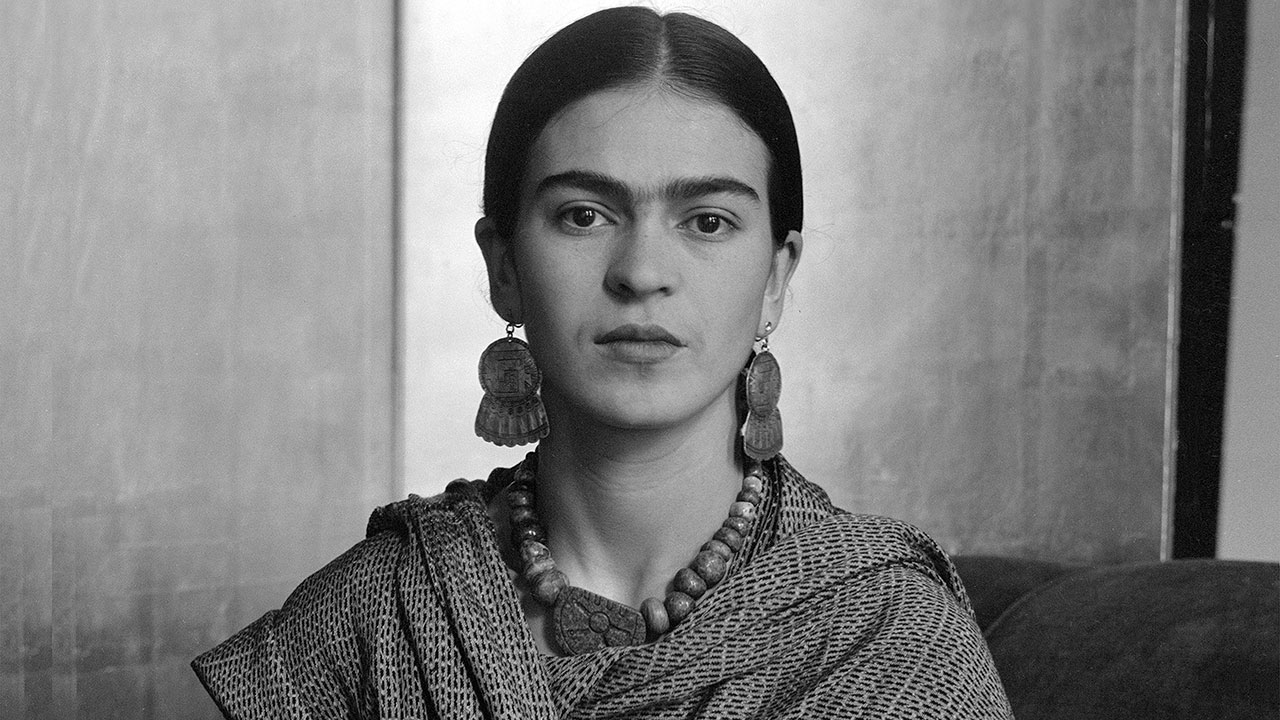
Robert Draws – Frida Kahlo was not just an artist; she was a symbol of resilience and strength. Her works continue to captivate people worldwide, telling stories of pain, identity, and love. Kahlo’s unique style and personal struggles became a powerful part of her artistry. The Mexican artist used her art as an expression of emotions that words could never fully capture. Her legacy still inspires new generations to embrace their vulnerabilities and turn them into art.
Frida Kahlo’s life was shaped by both physical and emotional pain. She was born in 1907 in Coyoacán, Mexico. At the age of six, she contracted polio, which left her with a limp for the rest of her life. This early hardship did not break her spirit. Later, at the age of 18, Kahlo was involved in a severe bus accident. She endured numerous surgeries and a long recovery. The physical pain she experienced during her recovery would be reflected in her art. Her body became the canvas through which her pain and suffering were expressed.
Her paintings often depicted herself in a raw and unflinching manner. Many of her self-portraits explored themes of identity, pain, and love. Kahlo did not shy away from the brutal realities of her experiences. Her art depicted the unspoken emotions that many could not put into words. Frida’s unique use of surrealism and symbolism in her works conveyed personal and universal themes.
“Read about: Tiny Masterpieces: The Skill Behind Micro-Detail Painting”
Kahlo drew inspiration from various elements, including Mexican folk art and surrealism. She frequently used vibrant colors and intricate details in her works. Her paintings reflected symbolic representations of her struggles and heritage. Kahlo once said, “I paint myself because I am so often alone and because I am the subject I know best.”
One of the most significant aspects of Kahlo’s work is her ability to blend reality with symbolism. Her self-portraits often depicted her physical pain, but they also explored deeper psychological and emotional themes. For example, in the painting “The Broken Column,” Kahlo painted herself with a fractured spine, showing the deep physical pain she endured after the accident. The painting is hauntingly beautiful and tragic, symbolizing her strength in the face of adversity.
Frida’s ability to connect her personal experiences with broader themes made her work relatable. She communicated universal feelings of love, betrayal, and suffering, often from a deeply personal perspective. Her use of symbolism, such as animals and plants, reflected both her relationship with nature and her Mexican heritage.
“Read more: The Sacred Bloom: Symbolism in Madonna of the Carnation”
Kahlo’s art was not widely recognized during her lifetime. However, after her death in 1954, her work gained recognition. Over time, she became one of the most celebrated artists of the 20th century. Today, Frida Kahlo is an icon of both the art world and feminism. Her life and art continue to resonate with people around the world, particularly women who see her as a symbol of empowerment.
Her story is one of perseverance. Despite all the challenges she faced, Kahlo never stopped creating. Her work remains powerful because it speaks to the human experience. She created art that was unapologetically personal, and in doing so, she became one of the most influential artists in history.
Frida’s influence stretches far beyond the art world. Her personal life, marked by her tumultuous marriage to Diego Rivera, her political beliefs, and her unapologetic individuality, made her a figure of cultural significance. She became an emblem of self-expression, defiance, and resilience.
Frida Kahlo’s influence can be seen in contemporary art, fashion, and pop culture. She has inspired countless artists, activists, and designers who use her image and ideas in their work. Her distinctive style, featuring floral crowns and bold, colorful clothing, has become an iconic symbol of strength and beauty.
In recent years, her work has been celebrated in exhibitions worldwide. The Frida Kahlo Museum, known as “La Casa Azul” (The Blue House), in Mexico City remains a significant pilgrimage site for fans and art lovers. It serves as a testament to her life and legacy. Kahlo’s story continues to inspire new generations to embrace their individuality and create art that speaks to their truth.